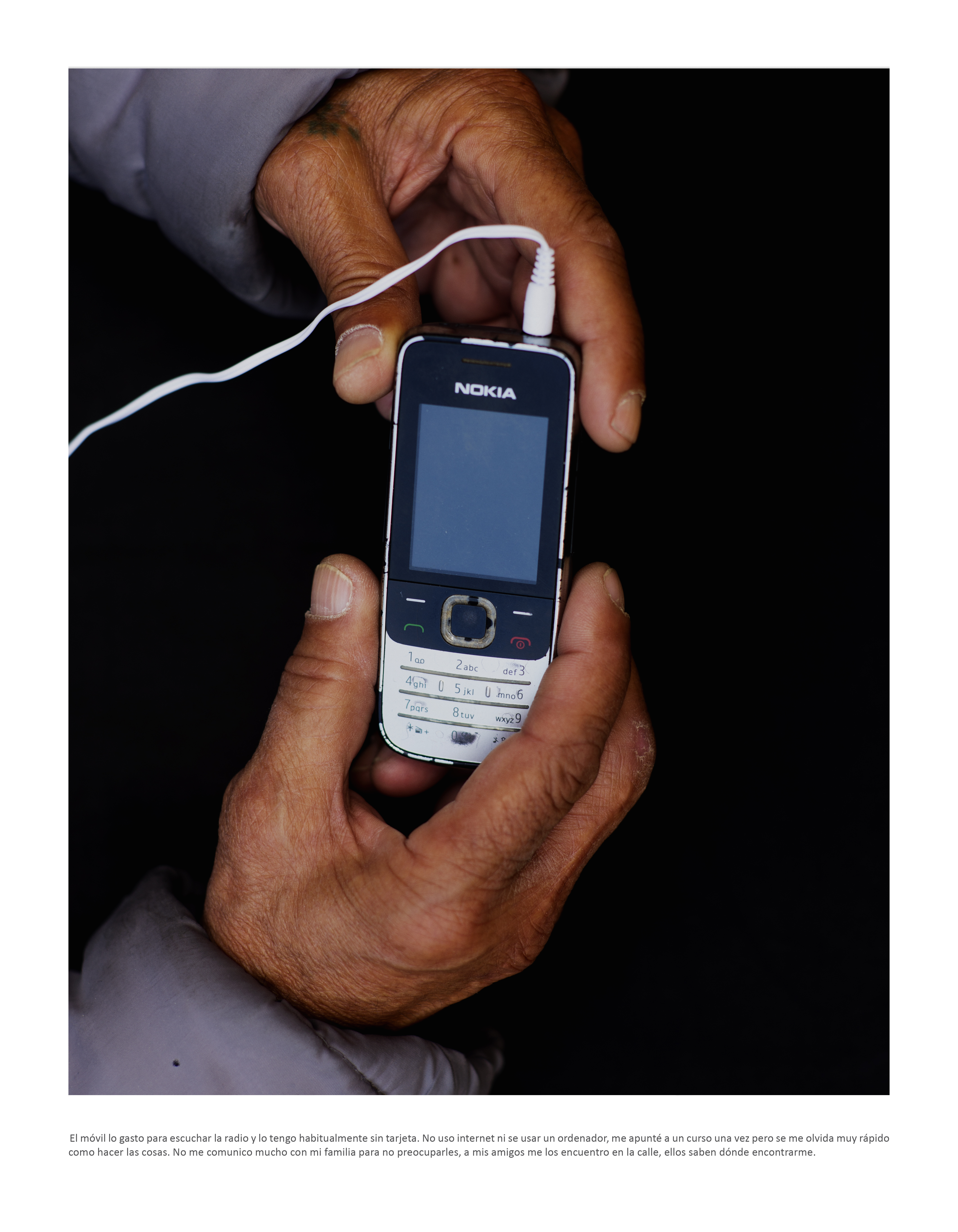The technology applied to the communication is step by step conditioning our relationships and our social organization. Also, the technological progress has been a travel partner of the modern utopic hopes: the connection with those far away, a democratization of the knowledge, even the feeling that in the social networks the social differences are blurred. In the social networks a big part of the population put their memories, share their anxieties, starts or strengthens their working and social relationships. With all this material we obtain the right to use a free software and we give to other companies the possibility of trading our place in the market. This new reality has been imposed in global level with an intensity that other universal and expandable projects- as Catholicism or the Roman Empire – have never dared to dream of. Nevertheless, there is not a huge monument that commemorates this achievement, only the mobile phone device and our freedom to choose between iPhone or Android.
Beyond all this big revolution, there is a part of the population that cannot understand how the network works, and this situation is called digital illiteracy. This digital revolution is shown as the source of new inequalities, as the access to information today conditions in a big level the social stratification.
Through this work I try to give visibility to this digital breach.: on the one hand, giving voice and face to this homeless people, and on the other hand pointing out to their disconnection. With the portrait there is a text where this people answer to that question that the social network do “What are you thinking?”. Another picture shows us what is their technological device or what they use to communicate next to a text that explains how they make use of the new technologies.
The homeless people faces a double invisibility: the invisibility faced to a society each time more and more lost in their thoughts and the technological invisibility, to which they are disconnected. By their own decision or by other circumstances their situation does not exist in the network and their social relationships are generated by their presence on the public space. An annoying presence for a society each time more used to the aseptic relationships of the network.
